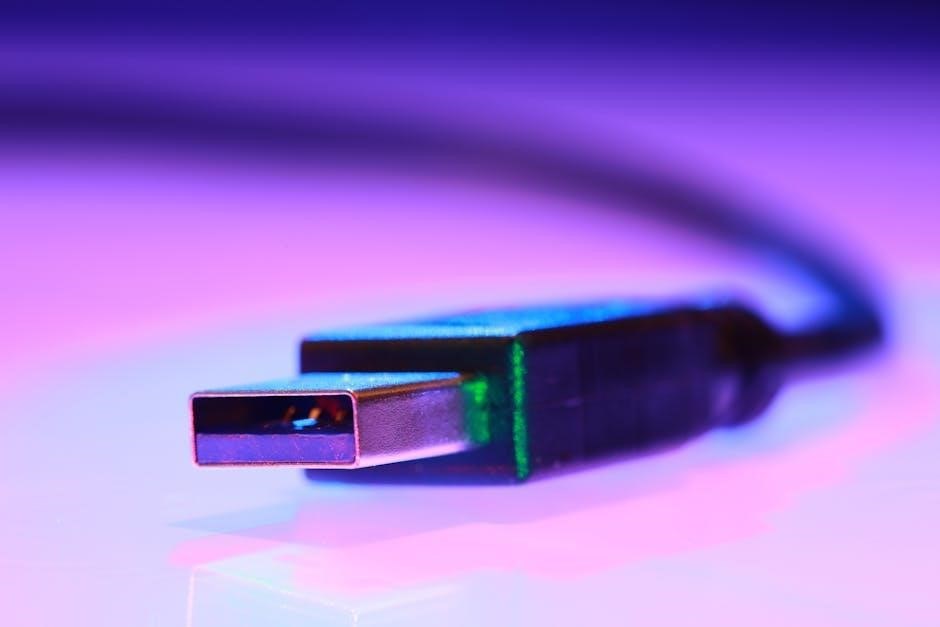Overview of Ethernet Network Connections

Understanding Ethernet Cable Color Coding
Industry Standard ⸺ T568A/T458B
The industry standard for Ethernet cable color coding is defined by the T568A and T568B specifications, which provide a consistent method for wiring and connecting Ethernet cables. The main difference between the two standards is the color coding of the wires, with the T568A standard using a green and orange color scheme, and the T568B standard using an orange and green color scheme.
Both standards provide a reliable and efficient method for transmitting data over Ethernet cables, and are widely used in the industry.
The use of these standards ensures that Ethernet cables are installed and connected correctly, and provides a high level of reliability and performance.
By following these standards, installers can ensure that their Ethernet cables are compatible with a wide range of devices and systems.
The T568A and T568B standards are widely recognized and accepted, and are an essential part of any Ethernet cable installation.
Overall, the industry standard for Ethernet cable color coding plays a critical role in ensuring the reliable and efficient transmission of data over Ethernet cables.
The standards provide a consistent method for wiring and connecting Ethernet cables, and are widely used in the industry.
Importance of Color Coding Standards
T-568A and T-568B Wiring Standards
The T-568A and T-568B wiring standards are used for Ethernet cables, providing a consistent and reliable way to connect devices to a network. The T-568A standard is the most commonly used, but the T-568B standard is also widely accepted.
Both standards use a similar color coding scheme, with the same colors used for the same wires, but the wiring pattern is different.
The standards are important because they ensure that network cables are installed correctly, which is critical for reliable network performance.
By following the T-568A and T-568B wiring standards, network administrators can ensure that their cables are installed correctly and that their network is functioning properly.The standards are widely used and accepted, and are an important part of ensuring that network cables are installed correctly and function properly.

Types of Ethernet Cables and Color Codes
RJ45 Connectors and Ethernet Cable Color Coding

Methods of Crimping and Modular Plugs
8 Position 8 Contact Modular Plugs and Jacks

